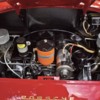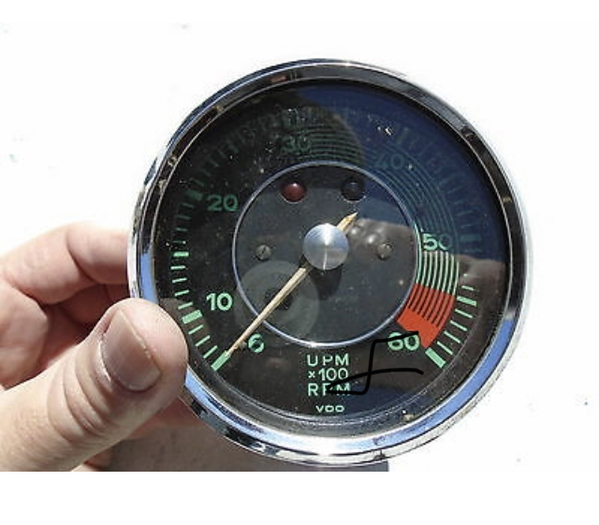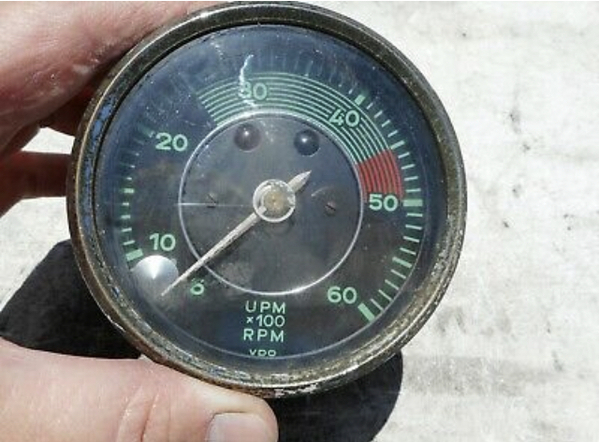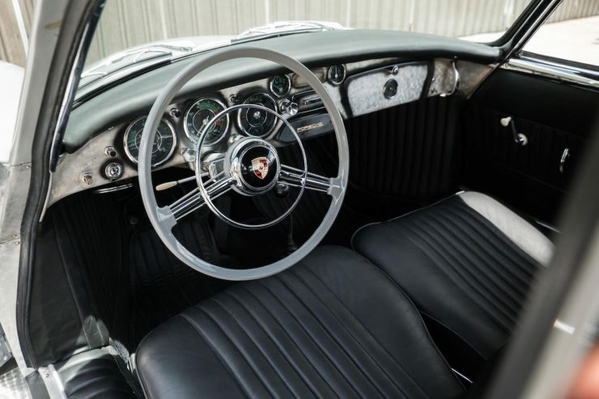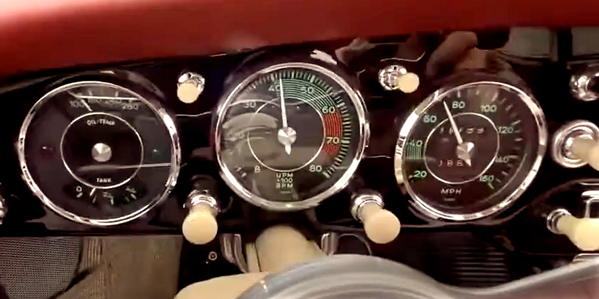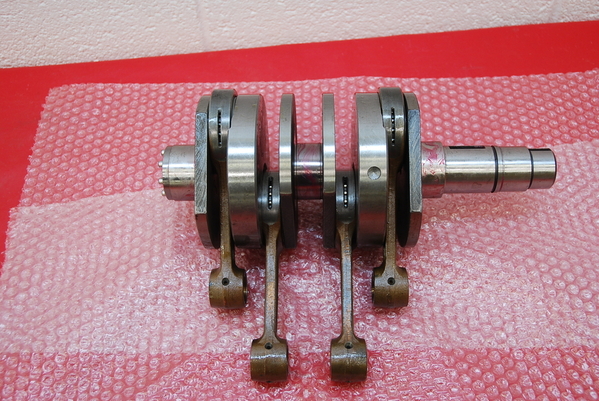.
I remember reading something about this years ago in R&T.
They were speculating about why so many 356 drivers buzzed around at slow speeds on surface streets in lower gears at higher rpm's. They suggested that the practice was no longer necessary, but a carryover from earlier days when 356's (with pushrod engines) had roller bearing cranks that were easily damaged if lugged at low rpm's.
Just found this long response in a forum on the 356 Registry site by someone who seems to know whereof he speaks:
pzwinakis@act.com wrote:
Roller cranks made by Hirth were used on the early 356 engines. They
were last used in the Super through the '57 model year. They were last
used in Normals in the '54 models.
Also, they were used in BMW motorcycles through the '69 models, as well
as other sophisticated engines, mostly racing.
I have never heard a definitive opinion of why they were used. Perhaps
the drag was a little less, but the engines didn't seem to lose power
when the conversion was made to plain-bearing cranks. One of their
benefits is that they could survive on just a mist of oil - they did not
need a constant supply of oil under pressure to the rods. Perhaps,
also, insert bearings were not able to take the heat of air-cooled
engines in the "early days." Whatever the reason for their use, they
were very complicated, expensive and repairable only by the most
sophisticated and specialized means. Repair in the field was rare; most
had to be rebuilt at the factory.
There were two major problems which shortened the lives of the roller
cranks in Porsche 356 applications:
1. If the oil used was too thick, when cold the rollers would "skid"
rather than roll, wearing flats on themselves and damaging the rotating
races. Bugatti racing engines, along with some others, required a heavy
viscosity castor oil. Castor oil, an excellent lubricant, was nasty
stuff when it cooled, so it was drained from a racing engine while still
hot. Then before the engine was started cold, the oil was heated! That
prevented the roller skidding until the engine itself warmed up.
2. Roller bearing cranks do not take kindly to lugging. That is,
booting the engine heavily at lower revs. The loading thus created
would wear out a RB crank in a Porsche engine in perhaps 10,000 miles.
There is a prevalent belief that engines with RB cranks should not be
allowed to idle below some relatively high speed - perhaps 1,500 rpm or
something - because they will not be adequately oiled if the oil
pressure goes low as it does at idling. That notion is mistaken. In
fact, as stated above, the RB crank requires very little oil - only a
mist to survive. Perhaps that belief also relates somehow to the harm
done by lugging a RB crank. In fact, they may idle as leisurely as a
plain bearing crank. Just don't load them heavily at low revs.
It was a huge mistake for Porsche to sell 356s with RB cranks in the
U.S. In Europe, drivers understood that Porsche engines, particularly
the Supers, were meant to be driven hard with their revs up. In the
U.S., beginning with '55 when Porsche sales began to make a mark, most
drivers had not the slightest idea of how to properly drive a 356 with a
RB crank. Or how to properly drive a 356 at all.
Many Supers were purchased because they were only about $500 higher than the Normals, and offered 15 DIN hp more - close to 20 SAE hp. Then they would go out and drive them as they would a big U.S. engine, using them under 3,000 rpm
or so most of the time. The cranks would begin rattling in 10k miles or
so, and cost around $1,000 to replace. That soured a lot of early
customers on Porsche per se.
There are very few 356s which originally had roller cranks, still
running with roller cranks. Most have been replaced, many years ago,
with plain bearing cranks. Except for the 4-cam Spyder engines and the
Carreras until they went plain bearing some time in the early '60s.
However, I have heard of some installing a RB crank in engines like a
S90, perhaps as an experiment to see if even more power can be found.
Believe me, you don't want one unless you are running a Spyder or an
early Carrera.
Pat Tobin
Just rolling along, cranky as ever
.


